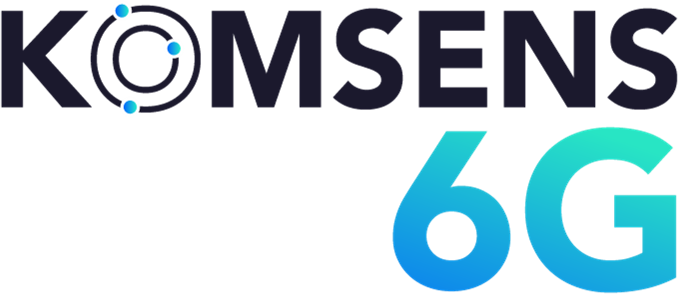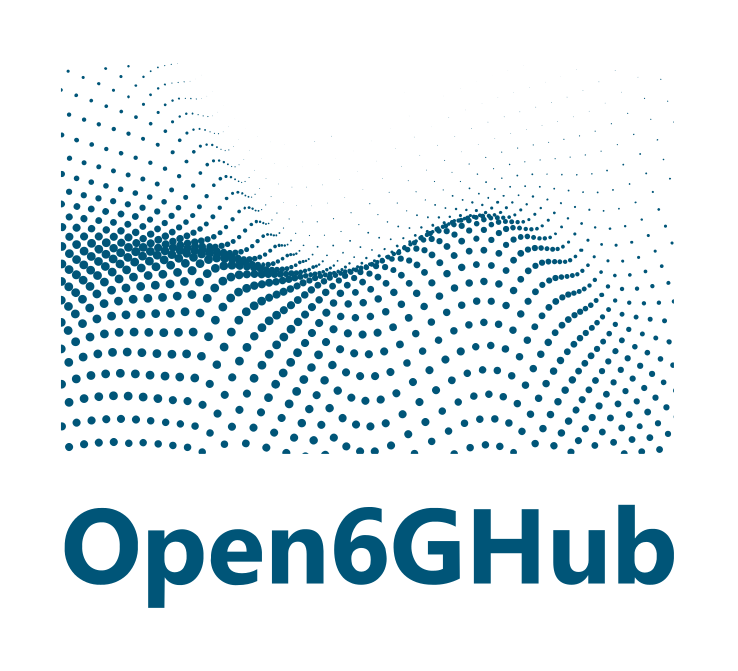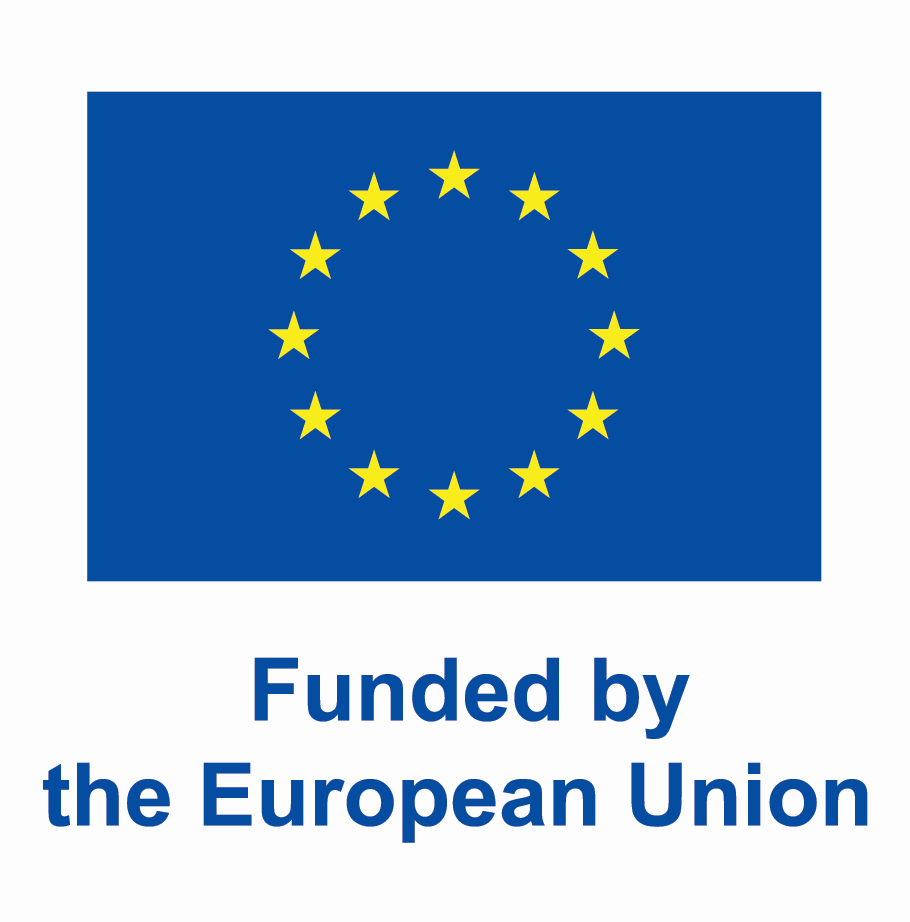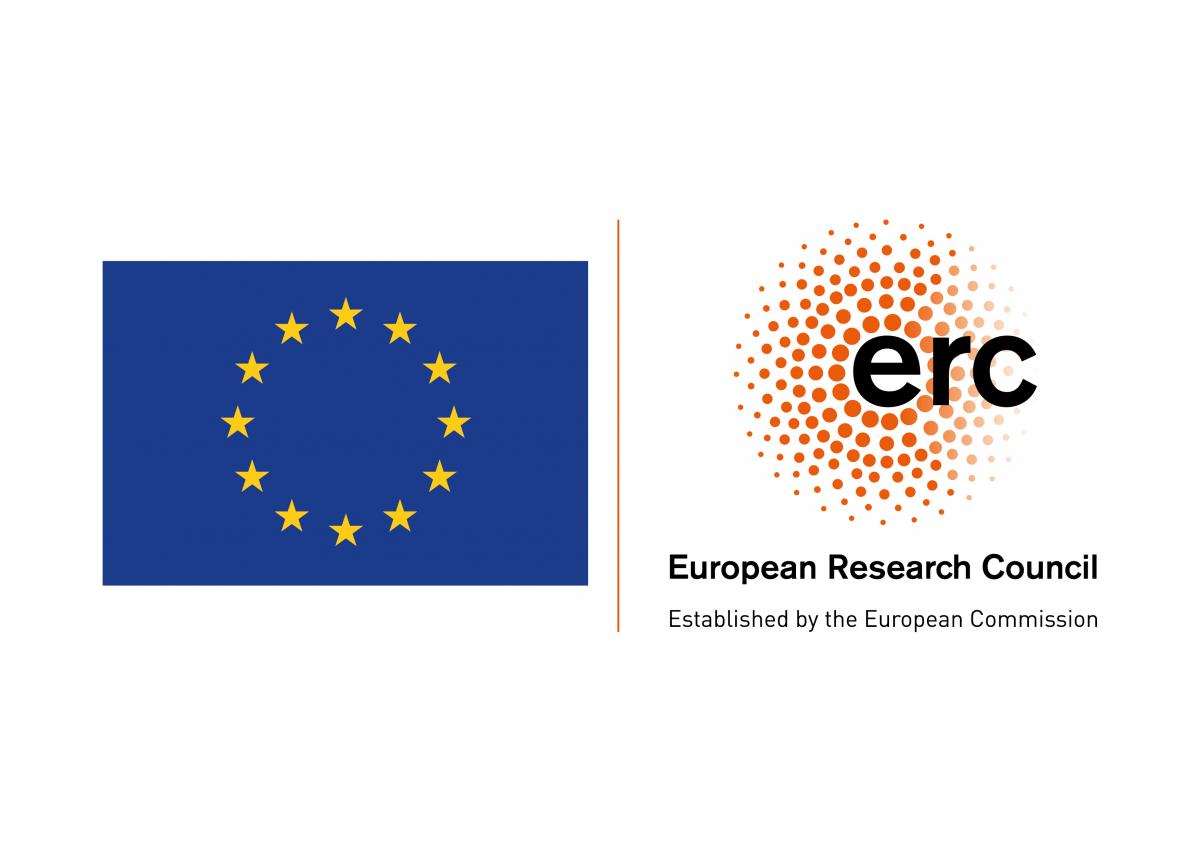Projects
The CEL is also involved in various research projects with national and European funding. See an overview of these projects below.
Project Description
Security in digital communications is enabled by cryptographic methods. Currently used cryptography schemes provide sufficient security today, however, it is likely that powerful quantum computers will be able to compromise their security in the future. Public authorities and companies are vulnerable by storing the encrypted data and a later decryption, once a powerful quantum computer is available. For this reason, significant efforts are ongoing to complement the common schemes by quantum cryptographic approaches. The distribution of cryptographic key pairs is carried out over a quantum channel that cannot be eavesdropped. This so-called quantum key distribution (QKD) is based on the transmission of keys on physical schemes that do not allow eavesdropping by physical principles. The current technologies obstacles are the limited transmission reach of the keys exchange, in particular on optical fiber links, the integration of components into compact and robust systems and the high financial costs.
The goal of the DE-QOR project is the further development of existing QKD approaches based on coherent optical transmission technology (continuous variable QKD, CV-QKD). The advantage of CV-QKD is the ability to reuse existing infrastructure. The goal of the project is to develop central transmitter and receiver components and to integrate them into compact systems. The goal is to service transmission lines in an urban scenario with more than 80 kilometer length. The researchers aim at guaranteeing as large transmission rates as possible. They are achieved by an analysis and optimization of the analog and digital subsystems to increase the key generation rate in order to encrypt a multitude of channels. The research at the CEL focuses on new approaches for key reconciliation, which are based on highly efficient error correcting schemes. These have to be adapted to extremely low signal-to-noise ratios and the particularities of the quantum key reconciliation protocol. An efficient error correction is a central component of they key reconciliation and necessary to achieve high secret key rates.

Funding
This project receives funding from the German Federal Ministry of Education and Research (BMBF) under grant agreement 16KISKQ056.
Links
KOMSENS-6G
Project description
The goal of KOMSENS-6G is to extend the 6th generation mobile radio system by another core functionality – besides communication: radio sensing or in the following also called sensing. We see the ability to sense the environment with the help of mobile radio signals as essential and useful for future mobile radio systems both in public spaces and in the context of so-called campus networks. New use cases in areas such as industrial production (e.g. digital twin) and mobility (e.g. traffic monitoring) are made possible. Furthermore, this can be used to better optimize the communication interface. To achieve this goal, we will analyze and adapt all relevant components of the cellular system accordingly, so that the sensing functionality itself is part of the overall system, i.e., we aim for a deep integration of sensing into the cellular system, in contrast to other approaches where the sensing functionality is realized by separate systems (such as automotive radar) and the cellular system is only used as a means for data communication between the external sensors.
The selection of the consortium, especially with respect to the industrial partners, gives us the opportunity to achieve this goal. Thus, we have all relevant market participants in the project: Nokia, Ericsson and Rohde & Schwarz as manufacturers, Deutsche Telekom as a vendor and Bosch as a user and representative of the so-called vertical industries. In addition, this broad selection of industry representatives guarantees an equally broad application of the project's work and results, which contains the individual exploitation plans. An example of this is the ability of Deutsche Telekom to offer novel services (sensing-as-a-service). In addition, the ability to sense the environment is an important part of the industry 4.0 vision (with regard to the digital twin). Important benefits can also be expected here in the area of mobility, e.g., to increase safety in traffic. Finally, knowledge of the environment can also be used to optimize data communication.
KOMSENS-6G refers to the funding program "6G industrial projects for research into holistic systems and sub-technologies for 6th generation mobile communications" in the research program for communication systems "Sovereign. Digital. Networked." Specifically, the work in KOMSENS-6G relates to the focus on "Concepts for high localization accuracy in the centimeter range and the sensory detection of the environment using communication technologies (e.g. in production),". The goal is both novel applications but also the improvement of the communication interface by generating and using context, e.g., in the form of environmental knowledge.
Funding
This project receives funding from the German Federal Ministry of Education and Research (BMBF).
Links
Project Description
Communication systems form the backbone of a digital economy and society. It is the goal of the project partners of the Open6GHub to contribute to a global 6G harmonization process and a 6G standard in a European context. The focus is on German interests in terms of social priorities and common European values. The researchers focus on application scenarios in smart cities, networked factories, rural areas and agriculture. Several technical and scientific goals are being pursued for implementation within the project. These include, for example, the resilience and reliability of 6G as the backbone of a highly networked society and the exploitation of the potential of artificial intelligence (AI) to optimize networks for reasons of sustainability, energy efficiency and resource conservation. Research is also focused on new, higher frequency ranges, as well as the use of context information from the network for sensing and localization services as well as "integrated 3D networking" - for example through satellites for a higher coverage of 6G. In addition, the network partners deal with networks without a fixed infrastructure as well as options for the use of infrastructure by several network operators in order to increase profitability.
The Open6GHub project works with a holistic approach. Innovative wireless and fiber-optic communication technologies are brought together - always with a focus on the highest network security standards and the targeted use of software-based solutions and AI. The aim is to meet the application requirements of a society after 2030. In this joint project, the team of the CEL deals with aspects of channel coding, the joint communication and sensing and aspects of semantic communication.
Funding
This project receives funding from the German Federal Ministry of Education and Research (BMBF) under grant agreement 16KISK010.
Links
PONGO
Project Description
The global internet traffic is increasing rapidly, and the growing demands for bandwidth, such as for online services, require higher data rates in mobile or stationary access networks. More powerful networks, however, often consume more energy and operate with very complex components. This conflicts with the rising demands for sustainability and cost-efficiency. To address all these challenges equally, it is therefore necessary to comprehensively research new network technologies, taking into account techno-economic aspects.
In the "PONGO" project, new approaches for high-rate networks are being developed. The project team is researching and modeling methods for coherent transmission and intensity modulation. To enable coherent signal transmission in future passive optical networks (PON), the research considers hardware, software, and protocol levels. The researchers are exploring various approaches to reduce and optimize the complexity of transmission and reception hardware. Additionally, the project team will develop optimized protocols to improve latency and reduce energy consumption. The researchers will evaluate the solutions from techno-economic perspectives, aiming to apply them both in newly built and existing networks. The developed technologies will finally be demonstrated in a telecommunications network and evaluated from a sustainability perspective.
The work at KIT focuses on researching new error correction methods for PONs. Overall, the project results aim to serve as an important foundation for the standardization of passive optical networks of the next generation. The project can contribute significant solutions, helping to safeguard German and European interests, particularly in the areas of sustainability and digital connectivity.
Funding
This project receives funding from the German Federal Ministry of Education and Research (BMBF) under grant agreement 16KIS2081.
Links
Project page at the project sponsor: https://www.forschung-it-sicherheit-kommunikationssysteme.de/projekte/pongo
QuNEST
Project Description
The driving force for - Quantum Enhanced Optical Communication Network Security Doctoral Training network (DN) is to provide high-level and highly collaborative training to 11 highly achieving doctoral candidates (DCs). This Doctoral network is a highly multi-disciplinary, intersectoral effort, spanning areas of quantum physics, simulations, photonics, optical transmission, QKD protocols, implementation security, error correction algorithms, digital signal processing, networks and control, requiring cross-disciplinary and intersectoral training targeted at creating experts in this emerging multidisciplinary field. To bring this vision to reality, in addition to being trained on transferable skills, the QuNEST DCs will be trained by doing research, in which they will demonstrate the potential of combining quantum and classical optical data signals in a single fiber by first addressing 3 main challenges:
- Multiplexing techniques to limit impact of linear/non-linear interference from classical signals
- Robust Shannon-limit approaching information reconciliation and error correction
- Extending research training on quantum secure communications from lab to field-labs and networks.
Next to training the 11 DC, these challenges will advance the state-of-the-art system and help further develop quantum communication towards deployment in a “production” network environment handling classical data transmission. QuNEST aims to play a pivotal role by training relevant expertise for European telecommunication industries and markets or other potential users e.g., in banking/financial and datacenter industries. The vision of a widely deployed quantum communications infrastructure is in line with the European Commission which has invested over 1 billion Euros in the Quantum Technologies Flagship to develop and underpin the Quantum sector over 10 years.
To address this growing market, our consortium has been carefully selected to form an innovative training network of 6 leading academic institutions, 9 non-academic beneficiaries and 8 associate partner organisations that have the globally recognised expertise to prepare DCs with both scientific and transferable skills training for successful careers in quantum communications and other deep tech sectors. To our knowledge QuNEST will be the first coordinated effort to train much-needed future scientists and engineers who will design, build, deploy and operate the next generation quantum secured optical communications infrastructure. In addition to this outstanding training programme, QuNEST trained experts will actively engage with national and European level policy makers to contribute to the long-term research and development roadmap, contributing to long term and sustainable development of EU sovereign quantum communications infrastructure.
Funding
Funded by the European Union. Views and opinions expressed are however those of the author(s) only and do not necessarily reflect those of the European Union. Neither the European Union nor the granting authority can be held responsible for them.
Links
Project Description
To this day, communications engineering has closely followed the seminal guidelines developed by Claude E. Shannon in 1948, which were mostly influenced by the telephone network of those days. The widespread use of mobile communications and the advent of machine-to-machine communications nowadays entail an exponential increase in data rates and the available models used during the system design are no longer sufficient to design power-efficient, low-latency, high-speed communication systems. The overarching aim of RENEW is to further increase the data rates of the global telecommunication network while, at the same time, addressing its non-negligible environmental impact. By fundamentally revisiting the transceiver processing algorithms of the core parts of the communication network, RENEW has the potential to overcome the limitations of current design methodologies and to significantly reduce the complexity and energy consumption of the network. Capitalising on cutting-edge results in the fields of machine learning, reinforcement learning, optimisation techniques and neuromorphic computing, RENEW will reinvent the design of communication transmitters and receivers by introducing sparsely connected blocks that realise highly parallelisable transceivers guaranteeing high throughputs with low energy consumption. RENEW will explore novel concepts for extremely energy efficient receivers based on spiking neural networks, promising efficiency gains by multiple orders of magnitude. The viability of the RENEW concepts will be demonstrated in applications of high relevance such as high-speed optical communication networks or low-power IoT applications. The RENEW concept has the potential to yield novel energy efficient communication systems.
Funding
This project receives funding from the European Research Council (ERC) under the European Union’s Horizon 2020 research and innovation programme (grant agreement No. 101001899).
Links
Project Description
Optical transmission systems form the backbone of the digitized world, in which almost every data packet on the Internet is transmitted via optical fibers. Driven by new technology applications such as 5G and 6G, data rates in optical networks will continue to increase exponentially in the future. The usable spectrum of single-mode fibers is practically exhausted. Space-division multiplexing (SDM) over independent fibers and multi-mode/multicore fibers offers another dimension for parallelization. The capacity increase of transceivers by means of SDM can be achieved by optically multiplexed superchannels, where several transmitter or receiver structures are integrated on a single chip. Such integrated and cooperating terminal subsystems are analyzed and implemented in STARFALL. These play a key role in the commercial implementation of high-performance and cost-efficient optical transmission systems.
The first goal of this subproject is the development of novel laser frequency combs that will act as optical power supplies for the terminal architecture developed in STARFALL. The IPQ at KIT focuses on two concepts: comb sources based on electro-optical modulators and comb sources based on microresonators. These two will be compared in an SDM experimental setup with multicore fiber and offline processing. A second goal of this project is the research and development of new cooperating DSP algorithms, especially for coded modulation, which will be carried out at CEL. They allow a terminal architecture with flexible data processing and cover a wide range of application scenarios with different coupling of spatial paths. KIT contributes its results to a joint, collaboratively planned, laboratory setup with a modular laser frequency comb, real-time signal processing and an SDM fiber. This setup will be used to demonstrate and validate the results of the project.
Funding
This project receives funding from the German Federal Ministry of Education and Research (BMBF) under grant agreement 16KIS1420.









